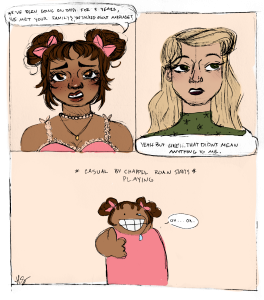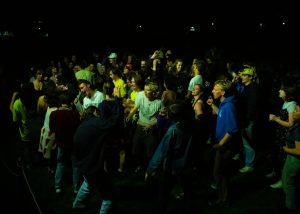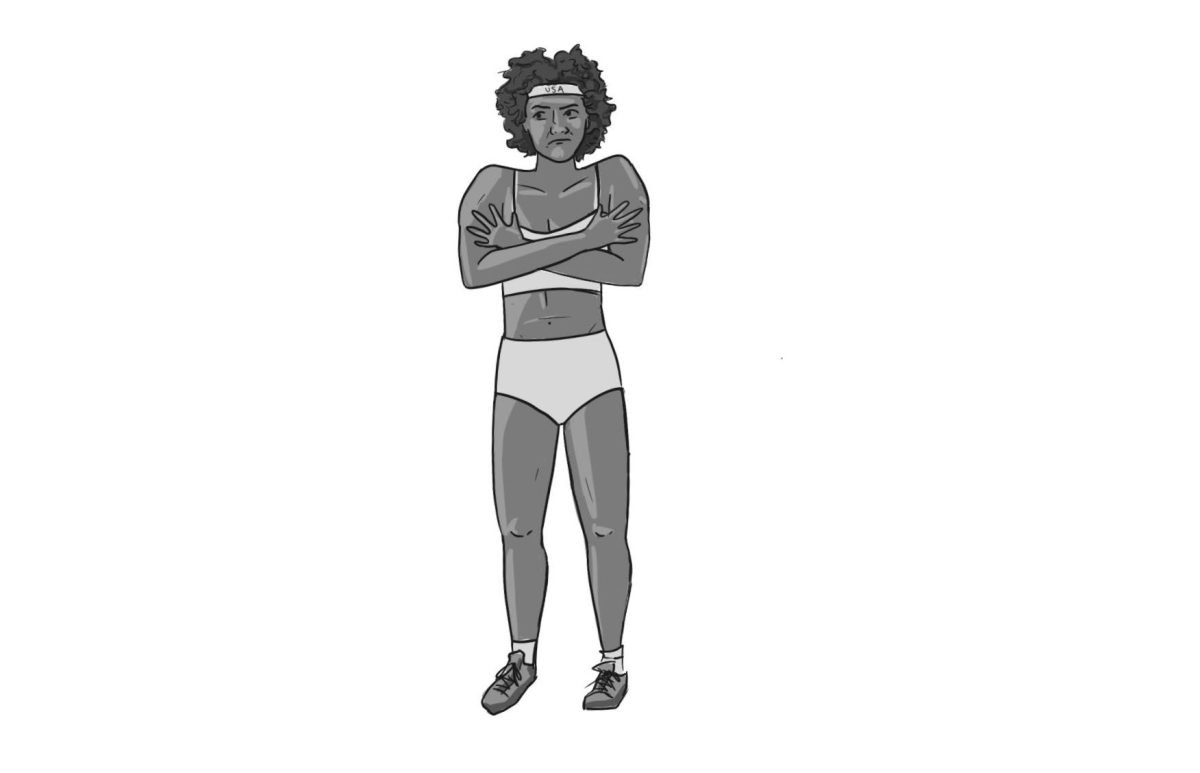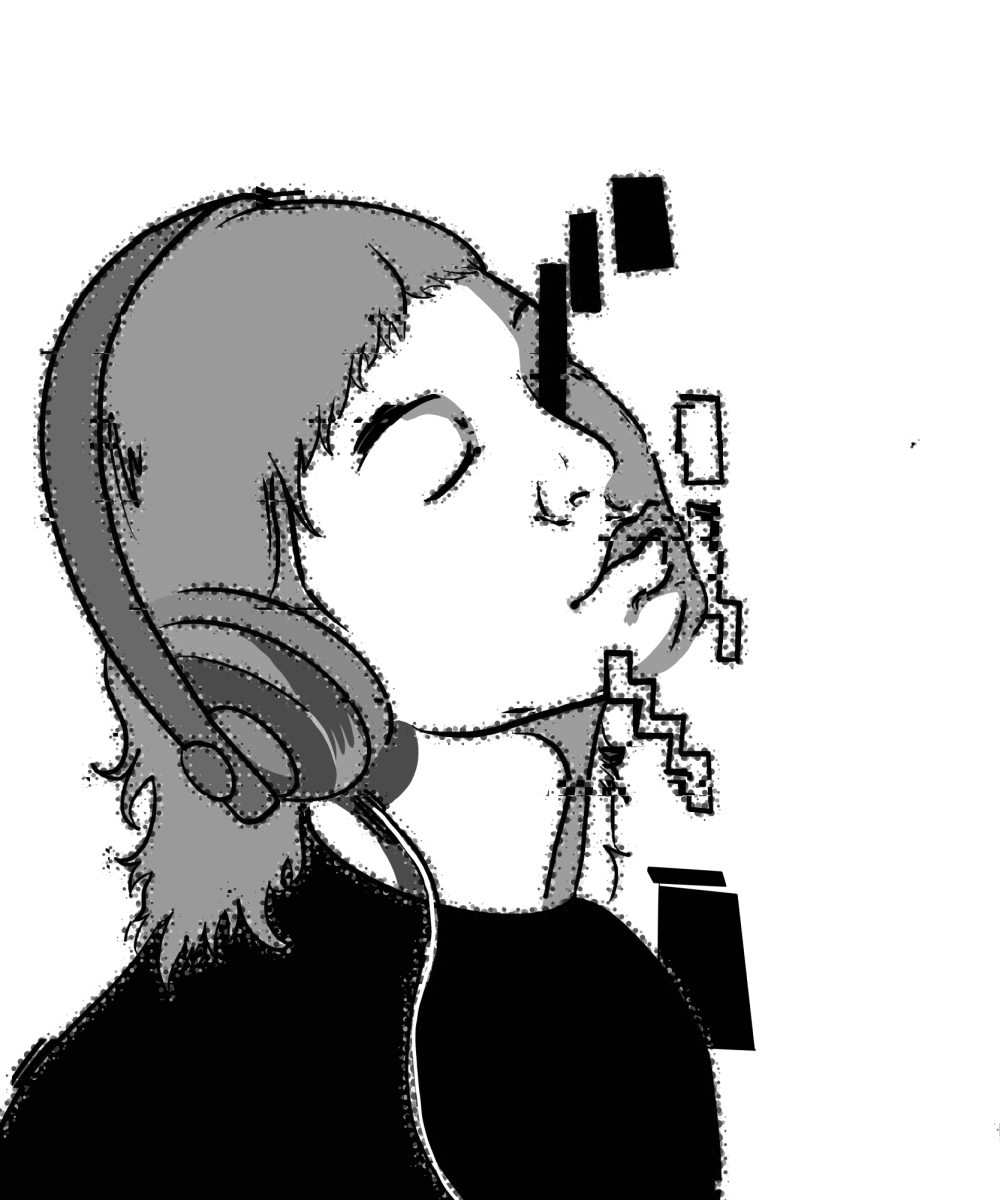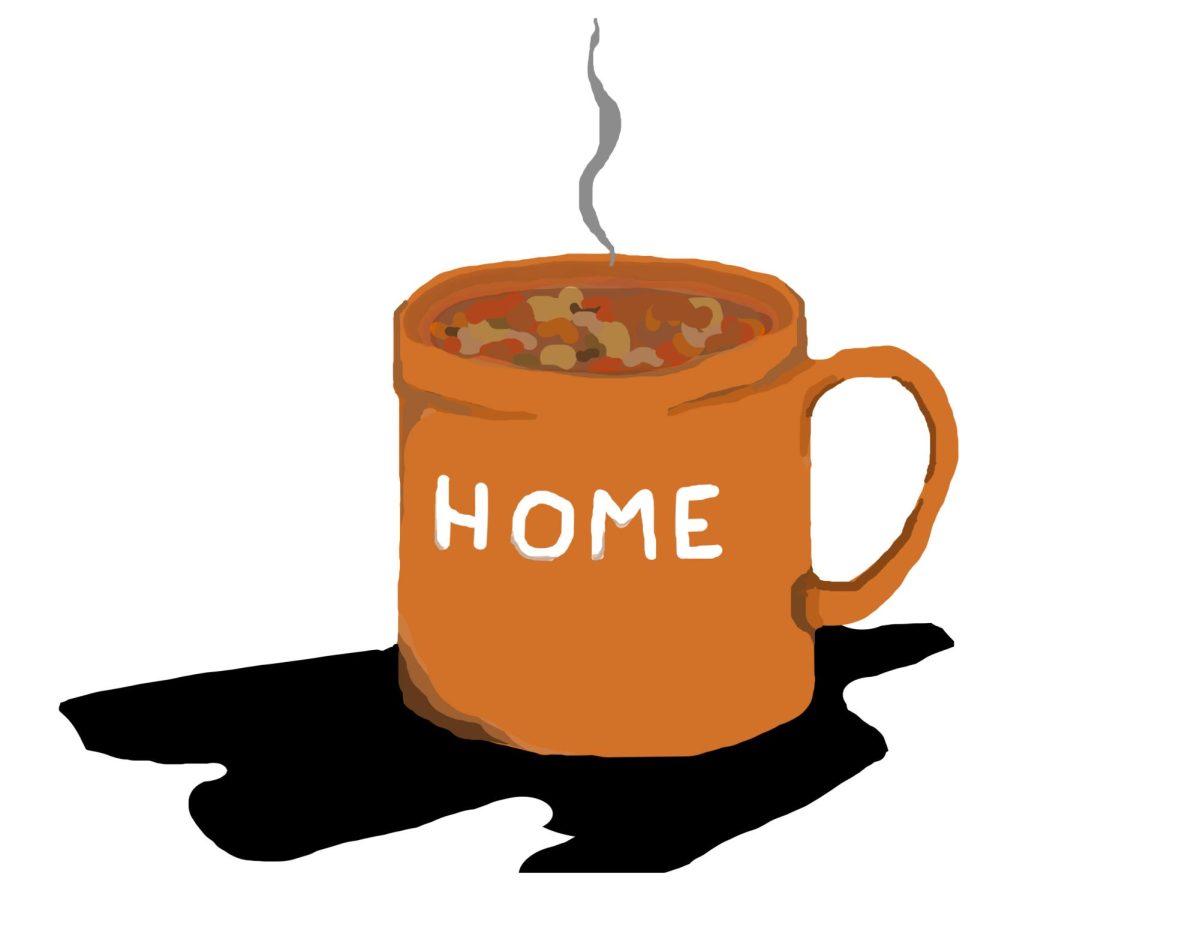 Hannah Montana is not an actual person. She’s a Disney character who plays sub-par, ultra-short pop songs with tame titles like “Old Blue Jeans” and “True Friend.” She’s played by the admittedly charismatic Miley Cyrus (“Achey Breaky Heart”-throb Billy Ray Cyrus’s daughter), and her bubbly character has every tweenaged girl’s dream life: She’s a funny, pretty school girl by day; and a funky, fabulous pop-star by night. And something about her has absolutely hypnotized pretty much everyone between the ages 9 and 14.
Hannah Montana is not an actual person. She’s a Disney character who plays sub-par, ultra-short pop songs with tame titles like “Old Blue Jeans” and “True Friend.” She’s played by the admittedly charismatic Miley Cyrus (“Achey Breaky Heart”-throb Billy Ray Cyrus’s daughter), and her bubbly character has every tweenaged girl’s dream life: She’s a funny, pretty school girl by day; and a funky, fabulous pop-star by night. And something about her has absolutely hypnotized pretty much everyone between the ages 9 and 14.
Besides being able to call Dolly Parton her on-screen aunt, dating a hunky television star named Jake Ryan, and having the coolest wigs (which inexplicably make her unrecognizable to her classmates), Hannah Montana’s life isn’t really all that marvelous. Okay, okay: Marvelous, maybe. But unique? Definitely not.
Newspapers across the country are calling Disney Channel the uncontested godfather of the lucrative tween market (what the New York Times called “the underserved 9-to-14 age group”). And with Ms. Montana playing alongside the sugar-sweet cast of Disney Channel’s phenomenally popular “High School Musical” and “High School Musical 2” movies, it certainly seems like a plausible title.
But really, tweenaged television junkies of the ’90s had it just as good –– maybe even better. In 1991, Disney Channel’s now-rival station Nickelodeon aired three programs which completely revolutionized youth television culture: “Salute Your Shorts,” “Are You Afraid of the Dark?” and the original tweenage-girl-role-model-show, “Clarissa Explains It All.” Just two years later, the channel turned its most popular short sketch into what has now become a cult television legend: “Pete and Pete.”
Unlike the cartoons and wholesome family sitcoms that kids were expected to watch before them, these shows had fantastic depth and a certain inimitable weirdness that parents just didn’t understand.
Above all, these shows were intelligent. Clarissa, for instance, cleverly narrates her viewers through her complicated-but-fabulous world (she has a tiny pet alligator, a mom who obsessively cooks tofu for every meal, a best friend who only enters through the window, and a hub-cap collection before it was cool). She even builds her own computer games to help her through particularly hard times (a potentially horrific blind date in one episode, or a challenging poetry assignment in another). I’d like to see Hannah Montana do that.
“Pete and Pete,” for the record, was possibly the most brilliant thing to ever happen to cable television –– or any television for that matter. Its plot lines were so perfectly twisted that they somehow made irrational sense. Obviously superheroes live down every kid’s street; everyone’s mom has a special plate in her head that can pick up radio signals; and oh yeah: It’s utter normalcy for the only two children in one family to have the exact same first name.
Maybe that’s why, in its three mind-blowing seasons “Pete and Pete” had countless guest stars, including Steve Buscemi, Debbie Harry, LL Cool J, Selma Blair, Janeane Garofalo, Art Donovan and Iggy Pop –– just to name a few.
Yeah, Larry David was on an episode of “Hannah Montana” once, but that was only because Larry’s daughter begged him to do the show. So that doesn’t count.
Let’s face it: “Hannah Montana” and “High School Musical,” while hilarious in their unabashed awfulness, lack the flavor that ’90s programming offered the same audience. So why the shift?
Because Disney isn’t marketing to kids anymore: They’re marketing to parents.
When Nickelodeon started showing live-action shows built for 9-to-14-year-olds in the early-to-mid-’90s, they really had one goal: Make kids happy. If kids were happy, they’d watch the station; if kids watched the station, Nickelodeon could sell ads to cereal companies and toy producers and they’d make a nice little profit.
Disney’s amplified that idea to the absolute extreme: A quick Amazon.com search for “Hannah Montana” yields over 1000 results, with CDs, DVDs, Karaoke machines, bubble gum, an entire apparel line, toothbrushes, candy, video games, dolls, backpacks, and a 15-inch authentic Hannah Montana electric guitar. A search for “Clarissa Explains It All,” by the way, gives up only the first season of the television show on DVD.
“High School Musical,” likewise, has franchise agreements with Wal-Mart, Dannon yogurt, Major League Baseball and Sprint. Disney Channel is taking their unintelligent tweenaged drivel right to the bank and cashing in royally: In 2008, “High School Musical” is estimated to generate over $650 million in retail sales, according to The New York Times.
Parents really can’t complain: Their kids are watching television that’s promoting wholesome relationships with friends, schoolwork, and a healthy dose of extracurricular activity. So if they have to shell out the $246 it costs on average for a ticket to see Hannah Montana, they’ll do it, as long as their kid stays happy and their taste stays squeaky clean.
There’s nothing more depressing than a generation of kids who are growing up idolizing a boring, Aryan country singer wearing the latest outfits from the Limited Too; or an impossibly perfect basketball jock who can also wail out a decent show tune. Unfortunately, all that comes from that is a herd of ignorant clones whose idea of playing make-believe is dressing up in high heels and lipstick in front of the mirror while belting out the latest pop standards.
Disney’s profiting. But at what cost?



